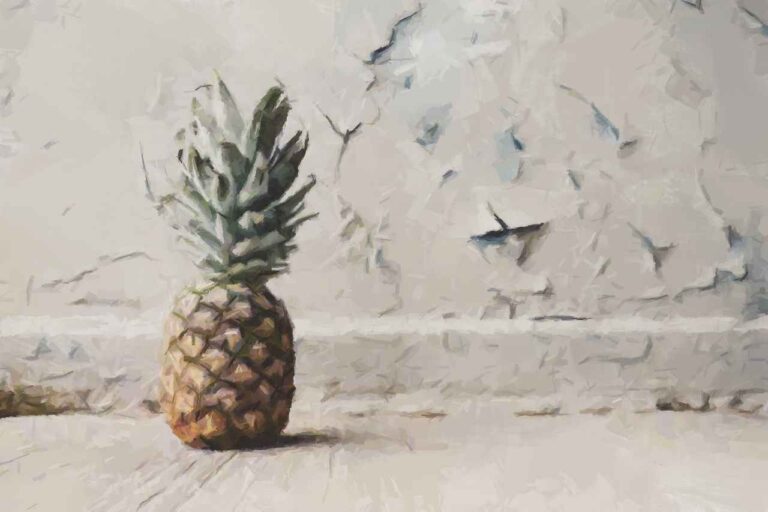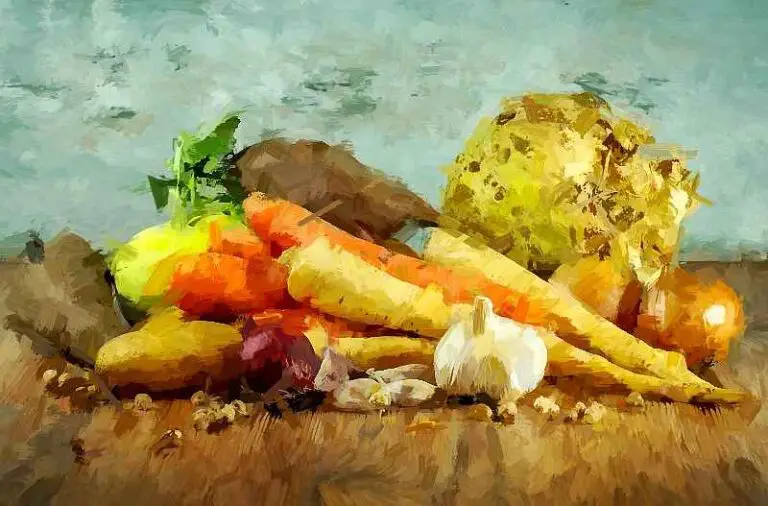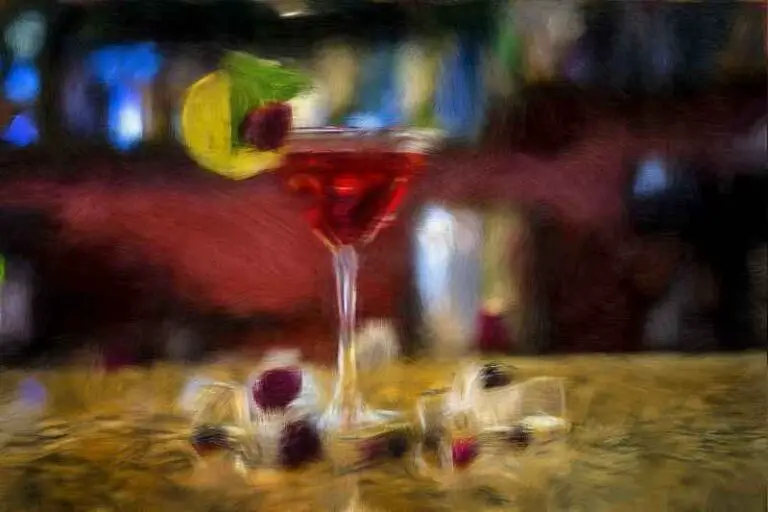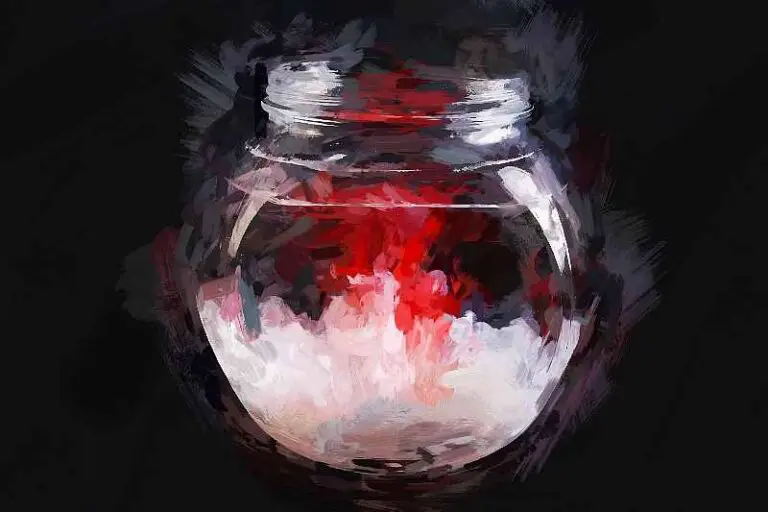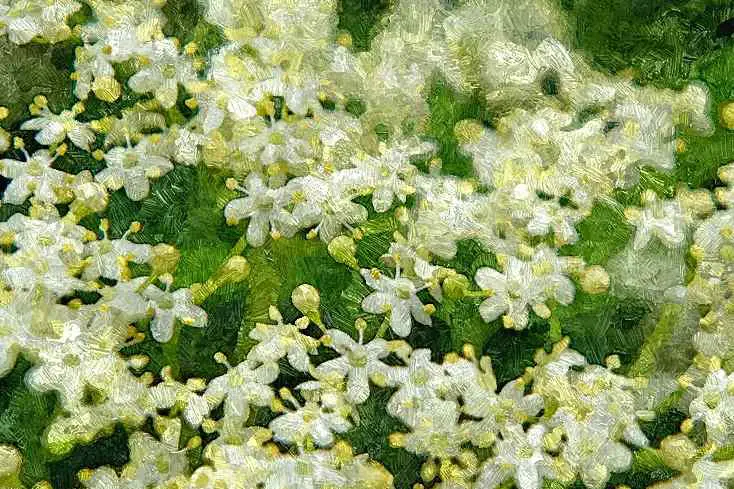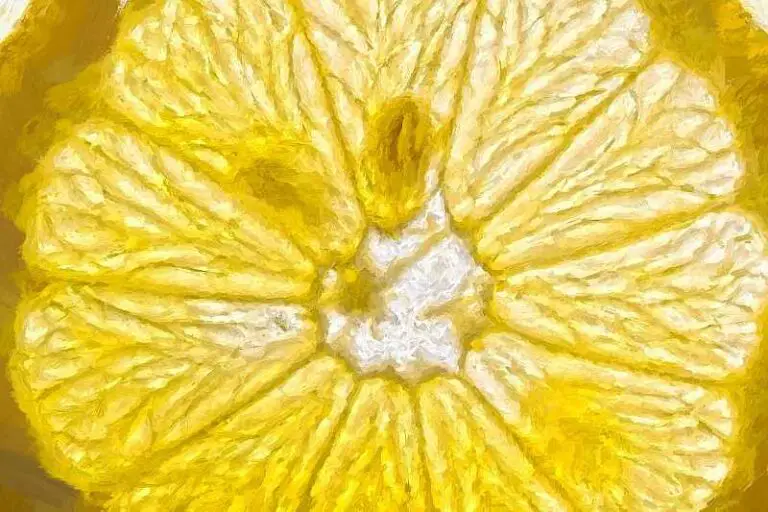Bread Kvass – Traditional Fermented Recipe
Home made Bread Kvass is a century old, naturally fermented, alcohol free drink that comes from Russia. It tastes fantastic and it’s zero waste too!
Making bread kvass from scratch, or sourdough beer as many call it, is much easier than what many people think and it really requires only a handful of ingredients.
For this yeast free recipe you will need bread, water, sugar and a starter, that’s all.
Then you’ll simply allow microorganisms to do their magic via a short fermentation.
As you might know, traditional Russian kvass is considered a non alcoholic beverage as it normally reaches a maximum of 1% abv ( alcohol by volume ).
BUT if your goal is to produce an alcoholic kvass beer, it is very easy to do so and you can read more about it further on in this post.
NO LEFTOVER SOURDOUGH BREAD? NO PROBLEM!
Brew the “just as good if not better” white kvass made with flour, a pineapple tepache or a naturally fermented ginger beer!
Or check these other recipes out
→ Russian Beetroot Kvass
→ Watermelon Lemonade, Wine & Vinegar
→ Fermented elder flower lemonade & champagne
What is bread kvass?
It is fair to say that traditional kvass has been brewed in every Russian and Ukrainian home for centuries.
Kvas is so famous and has been for so long that many call it the Coca-Cola of Eastern Europe
All the family members have enjoyed it plentfully as for centuries it has been considered safer than water.
In those days the main ingredients were rye bread, raw grains, cereals or flour.
Herbs like mint, fruits like berries or raisins, and vegetables, usually beetroots, were often added as a way to flavour the drink and to help with taste-bud boredom.
After all, as delicious as it is, it will become less enjoyable if you drink it day in and day out for months!
The chosen ingredients, with the addition of sugar and water, were left to ferment for a few days and, after that, what we now call traditional Russian kvass was ready to drink.
Is Bread Kvass Good For You?
Like all fermented foods, sourdough kvass is full of probiotics that are very beneficial for the health of our intestine and the overall well being of the entire body.
As previously mentioned, by following this recipe for homemade kvas beer you will produce a nearly alcohol free beverage that is also known for containing vitamins, minerals and trace elements.
The greater the quality of the ingredients you use, including water, the greater nutritional value your final drink will have.
Speaking of vitamins, it is important to point out that fermented products are a reliable and significant source of B12, an essential vitamin which becomes even more essential if you follow a vegetarian or vegan diet.
Russians had such a great opinion about their kvas they even used it to fight scurvy.
Now let’s get to the question everyone asks…
What Does Bread Kvass Taste Like?
First of all let me say that IT IS DELICIOUS!!! I mean it.
If I had to give someone who has never tried it an idea of what it tastes like, I would tell them this.
Picture a fizzy bubbly soda with a complex flavour profile ranging from slightly sugary to citrusy with back notes of good homemade bread and a hint of tang.
You really have to try it!!!
How to brew bread beer at home
As we LOVE fermented drinks we have experimented with different recipes and we found this to be the one we always go back to.
It’s very good, easy, affordable and helps us reduce our food waste which is something we always strive for.
In fact we affectionately call it “our zero waste brew”.
Believe me, once you’ll start making kvass from scratch you’ll hope to have some leftover bread to brew more!
Here we go.
INGREDIENTS
- 3 litres / 3 quarts of water
- 450 grams / 1 pound of stale bread
- 200 grams / 1 cup of cane sugar
- 2 tablespoons of sourdough starter
- herbs or berries for flavouring (optional)
STEPS
- Slice the stale bread and cut it in smaller pieces then place it in a preheated oven until brown ( NOT burnt )
- Bring water to the boil on a stove top
- Place the already browned bread in a big bowl ( big enough to contain all the water you just boiled )
- Pour the boiling water over the bread then cover and let it sit overnight
- Strain the liquid into a big glass container then add the sugar and the sourdough starter. Mix very well and let it ferment for 48 hours stirring once a day
- After 48 hours have passed taste the brew. If it still is quite sweet leave it for another day; if not you are ready to bottle.
- Filter the liquid into PLASTIC bottles and add 1 teaspoon of sugar per litre/quart. Screw the lid on and let it ferment for 48 to 72 hours
- EVERY DAY feel the plastic bottles. When they are hard and you cannot squeeze them you’ll know you have to gently unscrew the lid and let some CO2 out else you might find yourself with an unwanted kvass-volcano
- Use the moments when you release carbon dioxide ( CO2 ) to taste your beer and check if it has reached a flavour profile you are happy with.
Be aware that the longer it sits the tangier it will become because it will continue to ferment.
So if you’d like to drink sweet kvass you should place the bottles in the refrigerator after 24 hours to slow the yeasts down.
In our house, though, we never really have this problem as we consume it waaaaay too quickly!
How to make Russian kvass at home – FAQs
Can I Use White Bread?
The short answer is yes.
Any type of bread works and every type will produce a different tasting kvass.
If, for example, you decide to use a rye loaf , like in the traditional Russian recipe, you will render a very dark drink, commonly known as black kvass.
If instead you plan to use a white one the colour will be much lighter and the flavour less intense.
The only bread type you must avoid is the one containing chemicals or preservatives as they will inhibit the growth of the microorganisms needed for the fermentation process.
Can You make Alcoholic Bread Kvass?
You sure can!
And it’s also a very simple process.
All you need to do is to increase the amount of sugar ( 1 cup per litre/quart ) and allow for a longer fermentation with an airlock.
When fermentation is over ( no more bubbles in the airlock ) your brew will be completely still.
At that point, to make it fizzy, you’ll need to add 1 teaspoon of sugar per litre/quart when bottling.
After bottling it, your now alcoholic bread kvass will have to rest for a couple of weeks in a cool dark place.
That’s all.
Learn how to increase the alcohol content of any home made fermented drink.
Can I Make Wild Fermented Kvass?
Of course! Just follow the recipe written above and you’ll be set.
We are strong advocates for wild fermentation.
That’s why we brew our own with naturally occurring microorganisms like the ones sourdough starters or sulphite free raisins.
Up until now we have never felt the need to add any commercial yeast to our brews but we definitely would if we were to make a high abv batch.
Can I Make Kvass Without Sourdough Starter?
Yes you can.
You can use any other starter you have handy.
It is exactly what we do and that’s why we always have some of our favourite starters ready to use.
Furthermore, if you find yourself brewing kvas quite often, you could simply save some from the current batch to use as the starter for the next one.
It’s a process called backslopping and it works incredibly well.
So here is our very easy recipe that we hope you’ll try asap because it’s really wonderful.
We look forward to hearing if you enjoyed it as much as we do.
See you soon.


